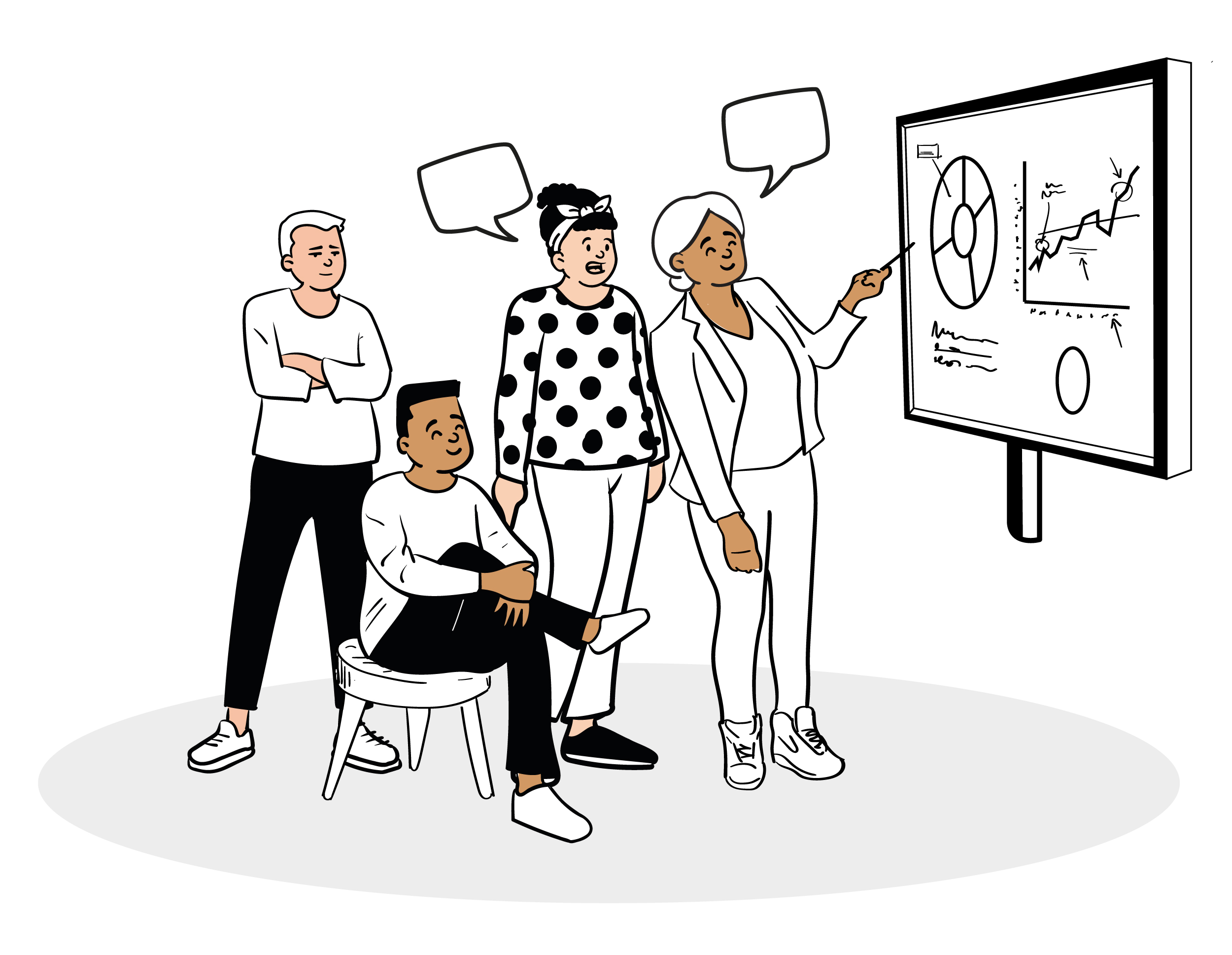New guide published to help journalists to communicate science in times of crisis

A new guide to help journalists communicating science when there is a national or international crisis such as a pandemic has been published.
The guide, How to Communicate Science in Times of Crisis? A Friendly Guide for Journalists has been published by the European Competence Centre for Science Communication. Downloadable from Zenodo, it offers a clear theoretical framework and practical advice for media professionals who are not specialised in science and technology on how to communicate clearly and effectively during a crisis.
Emergencies such as earthquakes, fires, droughts, floods and major health events such as pandemics challenge journalists, who need to react quickly while at the same time conveying updates clearly and accurately. The decisions they make on how to frame the events, which experts to interview and what key messages to convey have big impacts on the way audiences understand the crises – and whether and how they respond.
As well as short-term crises, long-term challenges such as climate change or the impacts of AI and other controversial technologies present similar difficulties and risks to journalists. They involve expert knowledge that is not always easy to understand and convey to the audiences.
In a condensed and easy-to-read way, this guide helps professionals to be more aware of the complexities of science communication and act more successfully. In the final section, there are tips on how to find help from the European Competence Centre for Science Communication.
The guide has been developed by COALESCE, a project funded by the European Union, that is building and promoting the European Competence Centre for Science Communication.
A longer and more complete reference guide, from which the friendly guide has been developed, can be downloaded from Zenodo.


